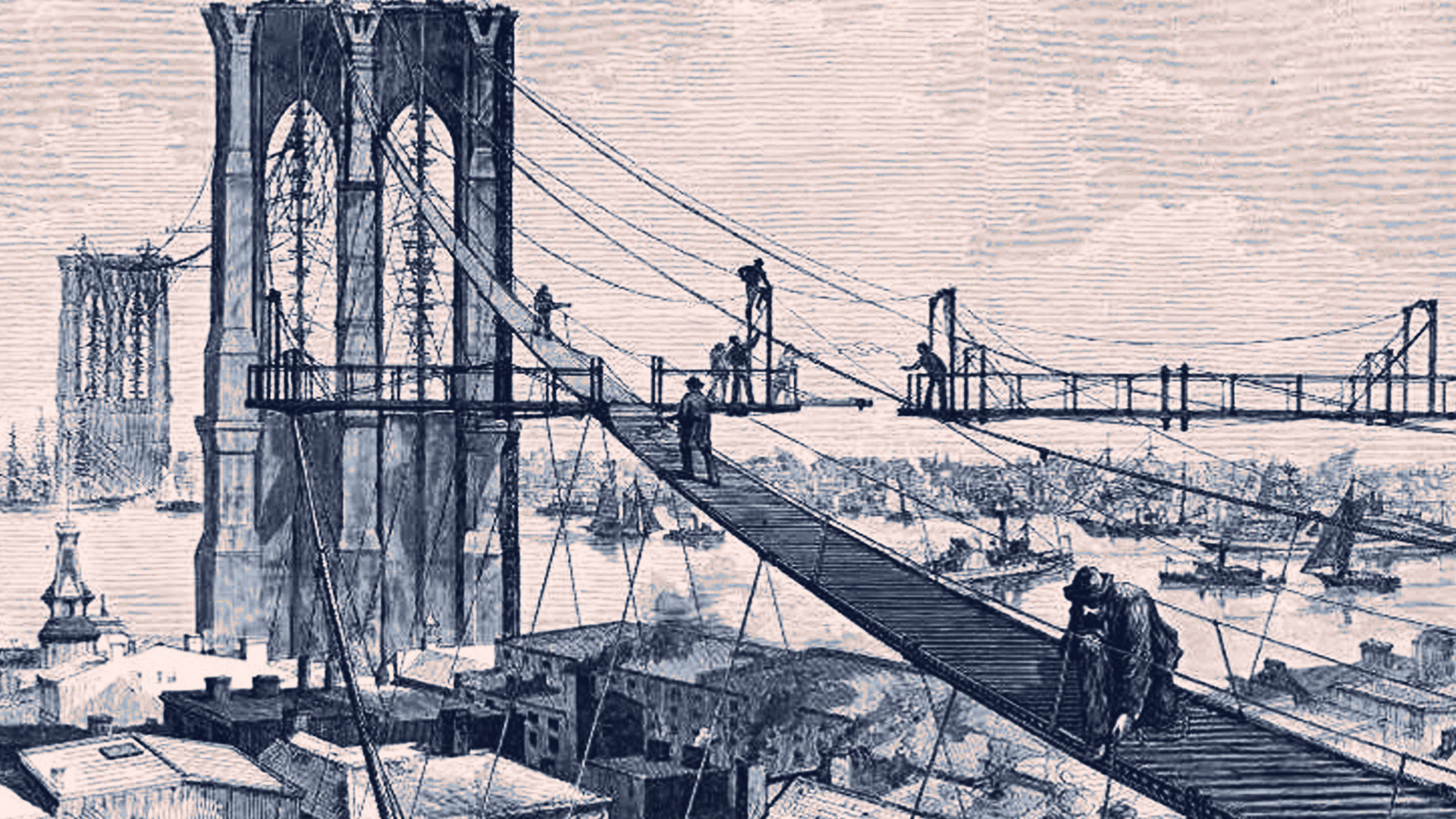Design Like an Engineer: Building Bridges and Towers That Last

Engineers are creative problem-solvers who use science and math to build our world.
The Dive
Civil engineering is all about solving real-world problems by applying science, mathematics, and creativity. At its core, engineering isn’t just about building things, it’s about building things that work, that last, and that solve a problem under specific conditions or limitations, called constraints.
One of the most important areas of civil engineering involves designing structures like bridges and towers. Engineers must consider how forces like tension (pulling) and compression (pushing) will act on a structure. When a bridge holds weight, the materials are either stretched or squeezed. A successful design balances these opposing forces.
Shape plays a major role in strength. Triangles, for instance, are a favorite among engineers because they help distribute force more evenly. Trusses, which are frameworks made of interconnected triangles, are common in bridge design for exactly this reason. Understanding how different shapes respond to stress helps engineers create more stable and efficient structures.
Another important concept is load distribution. Engineers must predict how weight will be spread across a structure and ensure no part is overloaded. They also factor in the structure’s own weight, or ‘dead load,’ and any weight it will carry, like cars or people—known as the ‘live load.’ Environmental forces like wind or earthquakes must also be considered.
When designing tall structures like towers or skyscrapers, engineers think about stability. The center of mass must be low and well-balanced over the base. A wide, sturdy foundation supports a taller, lighter top, helping prevent tipping. Engineers calculate these details using principles of gravity, balance, and force.
The process engineers use to solve design problems is called the engineering design process. This involves asking questions, imagining possible solutions, planning and sketching designs, creating models, testing, and then improving based on the results. This cycle continues until the structure meets the necessary requirements.
Constraints are another crucial factor. Engineers often work within limits such as time, budget, materials, and space. These limitations drive innovation. By thinking creatively within these boundaries, engineers design solutions that are both effective and efficient.
Civil engineers are responsible for some of the most critical infrastructure in our world, from bridges that span rivers to towers that scrape the sky. Understanding how they think and work helps us grasp not only the importance of engineering but also the ways it blends science, math, creativity, and problem-solving into everything they build.
Why It Matters
Engineering isn’t just about numbers, it’s about shaping the world to solve real problems. Whether it's building bridges that connect people or towers that withstand storms, civil engineers help keep us safe, moving, and inspired. Learning how to plan, test, and improve a design teaches kids not only how the built world works, but also how to work through challenges in life. And when we learn to see every failed design as a step toward a better one, we learn one of the most powerful lessons of all: that persistence builds more than just structures, it builds confidence.
?
Why are triangles so important in bridge design?
What’s the difference between a live load and a dead load?
How does a wide base help a tower stay standing?
Why is failure important in engineering?
What kinds of constraints do real engineers face?
How do engineers test if a bridge or tower is safe?
What’s the tallest structure you’ve ever seen—and how do you think it was designed?
Dig Deeper
A quick and fun introduction to what engineers do, made especially for curious kids.
Learn how engineers designed and built the Burj Khalifa—the tallest building on Earth.
A kid-friendly look at how bridges are built to carry heavy loads without collapsing.
Related

Build the Future: Exploring Robotics Engineering
Robots aren’t just science fiction—they’re science in action. Robotics engineering combines creativity, coding, mechanics, and problem-solving to build machines that help us explore, create, and care.

What Is Buoyancy?
Why do ships float, submarines dive, and balloons rise? It all comes down to buoyancy—the force that pushes up.

Powering the Future: Energy and Renewable Solutions
From sunbeams to spinning turbines, renewable energy is shaping our planet’s future. Learn how energy works, where it comes from, and how engineers are helping build a cleaner, brighter tomorrow.
Further Reading
Stay curious!

